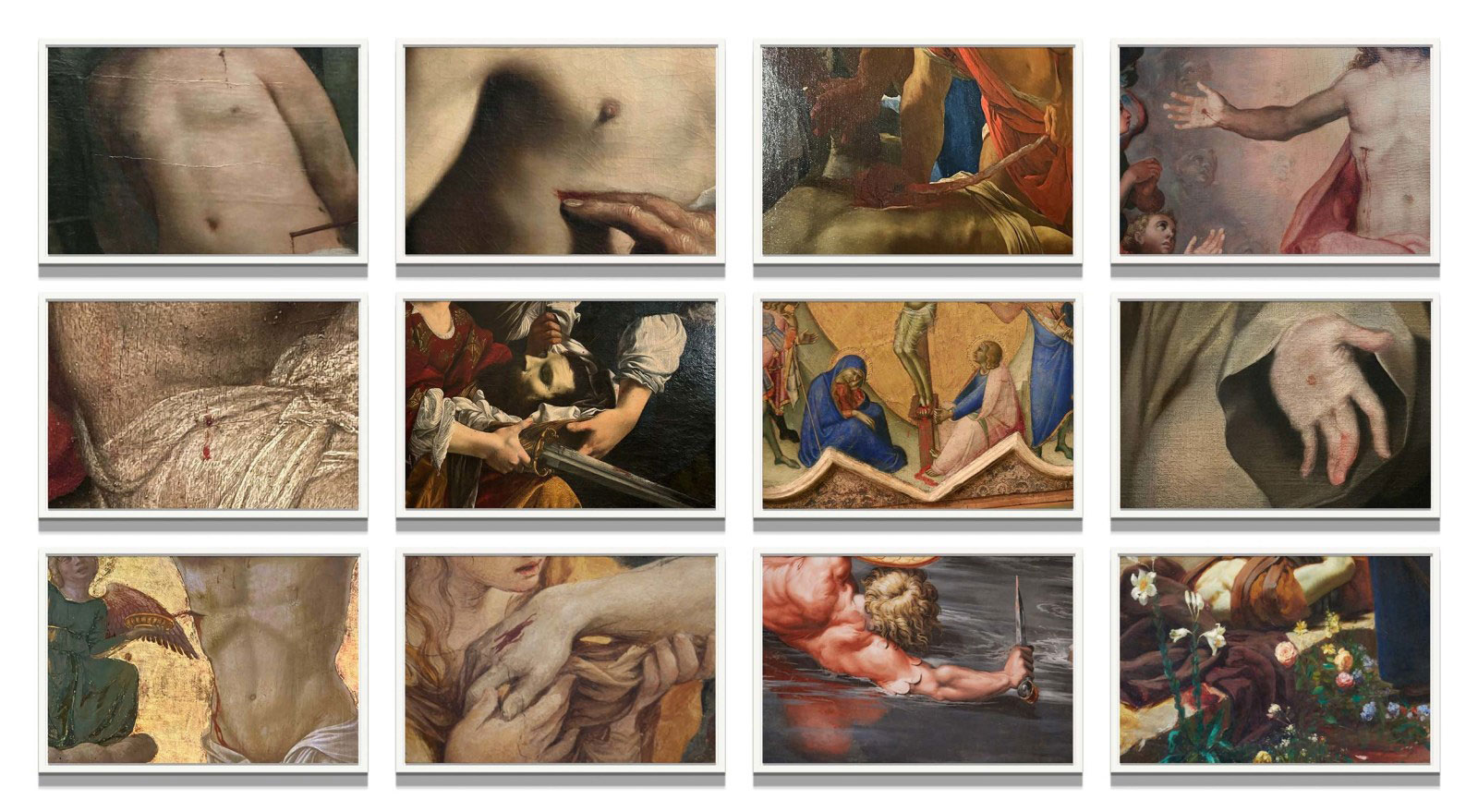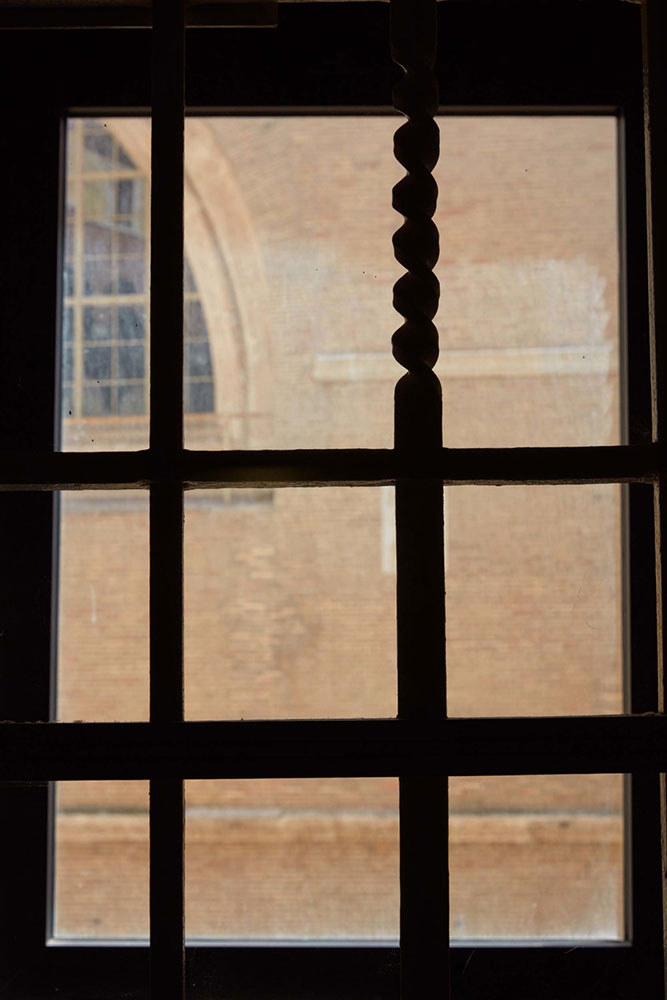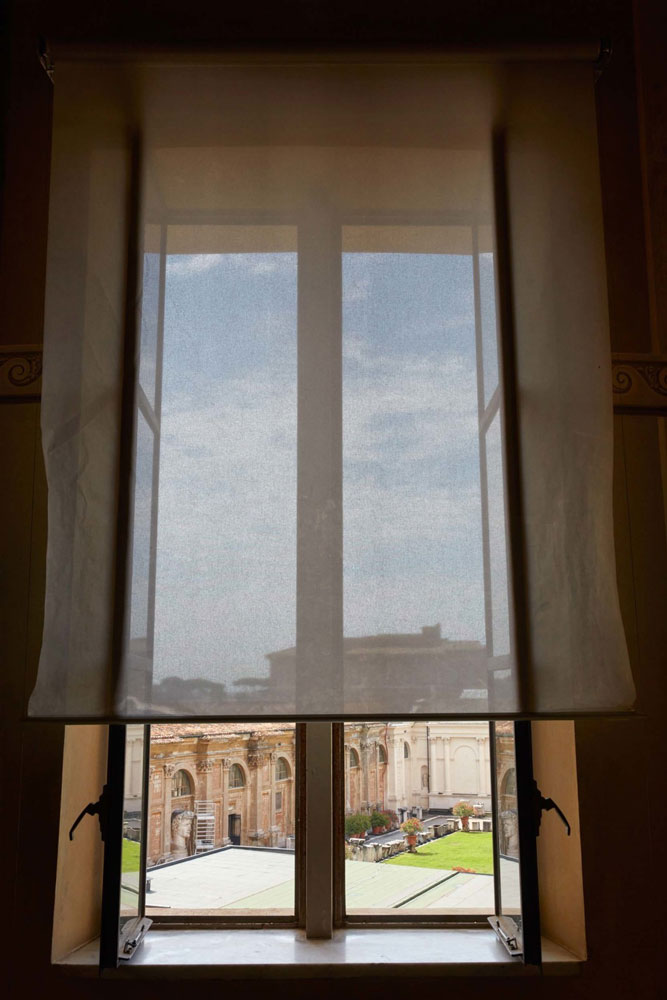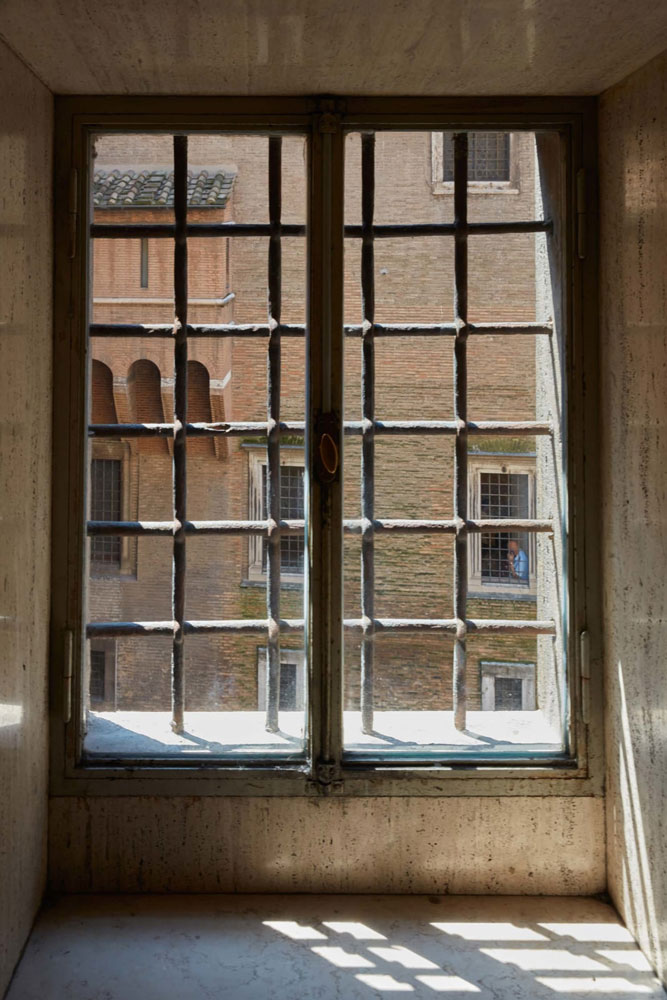ART CITIES: N.York-Catherine Opie
 Catherine Opie is known for her powerfully dynamic photography that examines the ideals and norms surrounding the culturally constructed American dream and American identity. She first gained recognition in the 1990s for her series of studio portraits, photographing gay, lesbian, and transgender individuals drawn from her circle of friends and artists. Opie has traveled extensively across the country exploring the diversity of America’s communities and landscapes, documenting quintessential American subjects while also continuing to display America’s subcultures through formal portraits. In her portraits and landscapes, Opie establishes a level of ambiguity of both identity and place by exaggerating masculine or feminine characteristics, or by exaggerating distance, cropping, or blurring her landscapes.
Catherine Opie is known for her powerfully dynamic photography that examines the ideals and norms surrounding the culturally constructed American dream and American identity. She first gained recognition in the 1990s for her series of studio portraits, photographing gay, lesbian, and transgender individuals drawn from her circle of friends and artists. Opie has traveled extensively across the country exploring the diversity of America’s communities and landscapes, documenting quintessential American subjects while also continuing to display America’s subcultures through formal portraits. In her portraits and landscapes, Opie establishes a level of ambiguity of both identity and place by exaggerating masculine or feminine characteristics, or by exaggerating distance, cropping, or blurring her landscapes.
By Dimitris Lempesis
Photo: Lehmann Maupin Gallery Archive
Catherine Opie presents her new series “Walls, Windows and Blood”, in this series Opie turns her lens towards the history and architecture of Vatican City. By examining the power systems and architectural structures that exist within the Vatican, the artist engages with both the legacy and present identity of this city within a city, raising critical questions about the history of the Roman Catholic Church and Catholicism and its impact today. In the series, Opie carefully examines the politics of place as it relates to identity, advancing ideas explored in many of her recent bodies of work including The “Modernist” (2017), “Rhetorical Landscapes” (2019) and “2020”. While “The Modernist” dealt with themes of political breakdown and global upheaval, “Rhetorical Landscapes” pictured a portrait of America through the prism of the physical and political landscape, considering the violent language rife in U.S. political discourse as well as the impending ecological destruction resulting from climate change. In “2020”, Opie documented the lead up to the presidential election on a cross country road trip, with photographs taken against the backdrop of the global pandemic and widespread uprising against police brutality. In each of these series Opie seeks to map the complexities of our contemporary moment, especially with respect to the relationship between identity and structures of power, both physical and social. The images in “Walls, Windows and Blood” were taken over the course of six weeks during the summer of 2021, while Opie was the Robert Mapplethorpe Resident in Photography at the American Academy in Rome. Due to pandemic access restrictions, the Vatican was uncharacteristically empty, allowing the artist to document both Vatican City and the Vatican Museum with an extraordinary amount of freedom. In photographing the Vatican’s external walls—a crucial element of its architectural identity—Opie focused on corners that were pointing inwards and outwards, towards and away from the Vatican City center. Printed to stand 7 feet high, the artist’s Vatican “Walls” are installed on hand-crafted Italian marble pedestals designed by American Academy Architecture Fellow Katy Barkan and positioned leaning against the walls of the gallery, giving them a sense of physical precarity. These large-scale works consider essential themes of inclusion versus exclusion, wall building, and borders, in addition to the more contemporary concern of modern surveillance, signaled by the security cameras that can be seen peeking over the ramparts. In contrast with “Walls” are the artist’s photographs of windows, which alternately depict glimpses of the Vatican’s interior lawns and architecture and look out over the wider Roman capital, within which the Vatican occupies a unique position. The visibility from Opie’s “Windows” ranges from brilliantly clear to completely opaque, with frosted glass or pulled shades; in these works the artist contemplates the relationship between transparency and power, considering who controls the ability to see or be seen. Interwoven throughout the “Windows” and “Walls” are the artist’s “Blood Grids”. To create these works, Opie first photographed every representation of blood depicted in the artwork in the Vatican Museum’s collection, subsequently framing specific selections at close range. The scenes of violence and conquest in the tapestries and paintings in the Vatican’s holdings are visual reminders of the power and dominance of the Catholic Church throughout history. Arranged aesthetically by Opie in a modernist grid, each image is isolated, erasing its narrative context and calling into question the ways in which these histories are told and experienced. Shown in dialogue with these bodies of works is “No Apology (June 5, 2021)”, a seminal work from the series that places the viewer outside, looking up at Pope Francis on his papal balcony during his Sunday morning address. June 5, 2021 marks the day the Catholic Church first acknowledged, but did not apologize for, the bodies of Indigenous children found in unmarked graves in Canada. The children had died in the care of government-funded boarding schools run by the Church, which were designed to forcibly assimilate them into Canadian society. The inclusion of the lone figure of the Pope, and this particular address, recalls the colonial legacy of the Church and the far reaching impacts of its centuries-long drive for power, expansion, and influence. The image takes on an additional layer of meaning when shown in New York, where some of the most conservative Cardinals of the Church are in power. In the exhibition Opie continues her acute analysis of societal power structures and how they intersect with the formation and understanding of identity. By examining the Vatican as a city, with a keen eye towards how the architecture and aesthetics of the space inform the identity of the Church itself, Opie asks viewers to reevaluate and deconstruct the often routinely accepted systems, aesthetics, and modes of power that govern our modern world.
Photo: Catherine Opie, Blood Grid #1, 2023, Pigment print, 12 prints, 39.25 x 75 inches (overall framed), 99.69 x 190.5 cm, © Catherine Opie, Courtesy Regen Projects, Los Angeles and Lehmann Maupin, New York, Hong Kong, Seoul, and London
Info: Lehmann Maupin Gallery, 501 West, 24th Street, New York, NY, USA, Duration: 8/2-9/3/2024, Days & Hours: Tue-Sat 10:00-18:00, www.lehmannmaupin.com/




Right: Catherine Opie, Untitled #9 (Walls), 2023, Pigment print and two marble plinths, 84 x 30 inches (image), 213.4 x 76.2 cm, © Catherine Opie, Courtesy Regen Projects, Los Angeles and Lehmann Maupin, New York, Hong Kong, Seoul, and London
